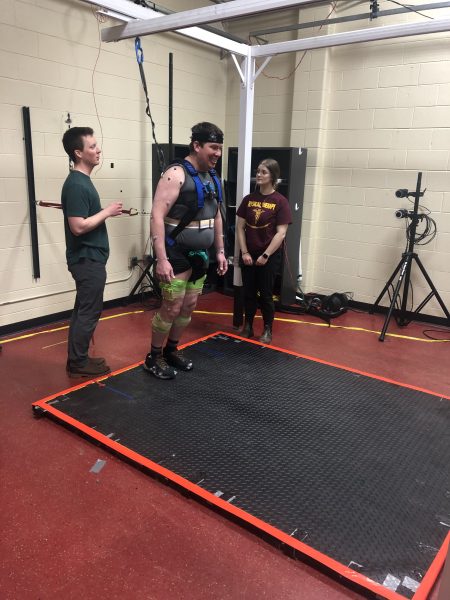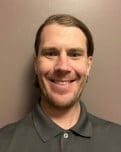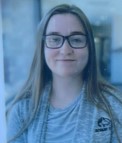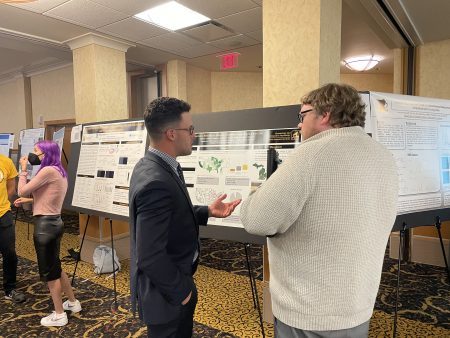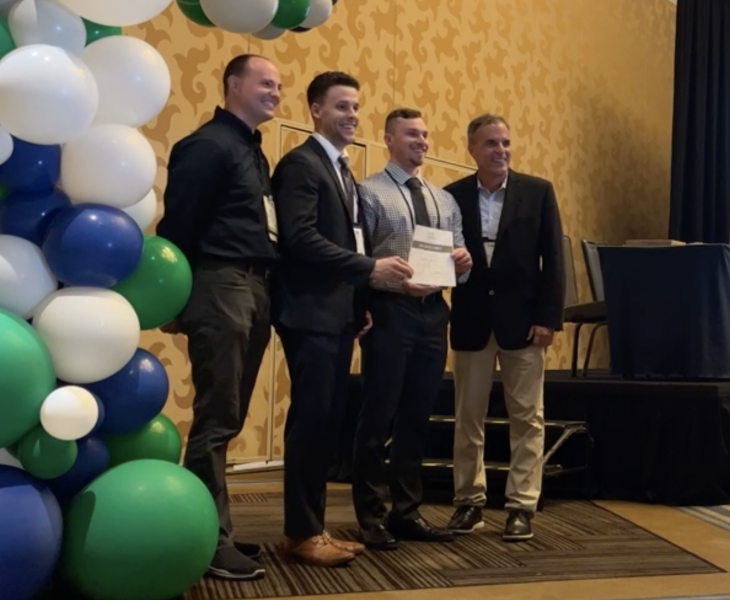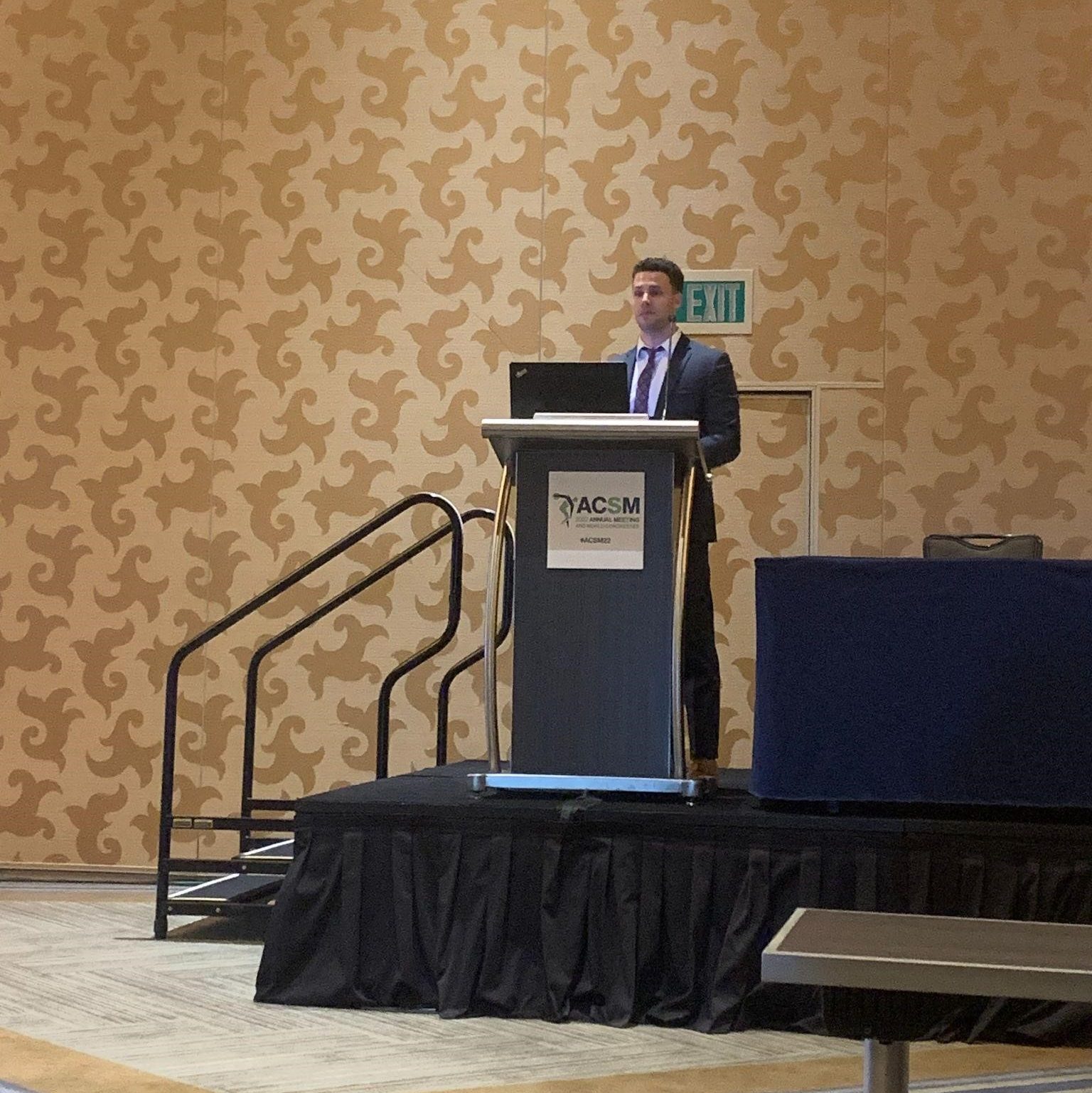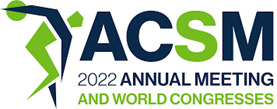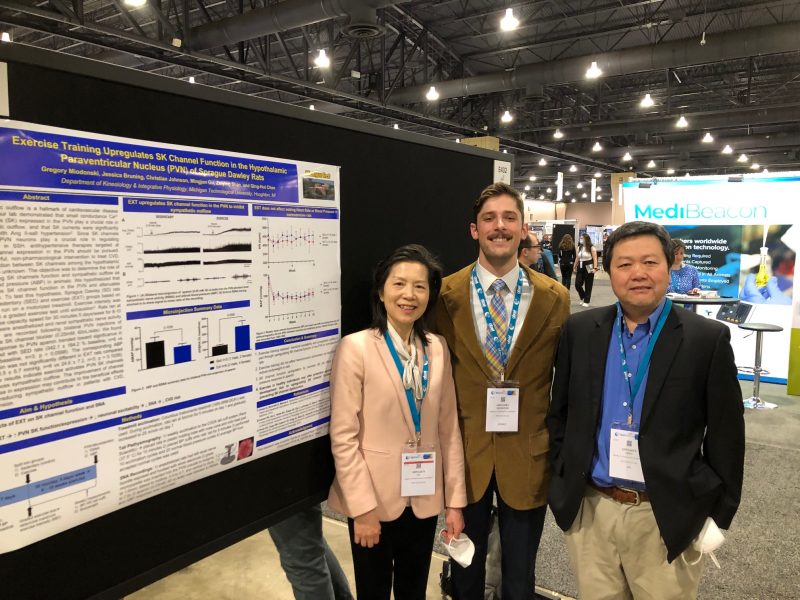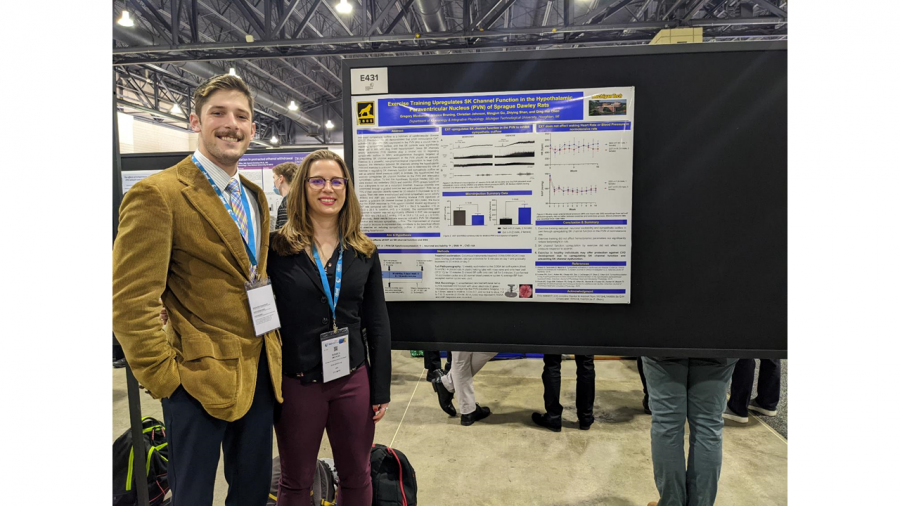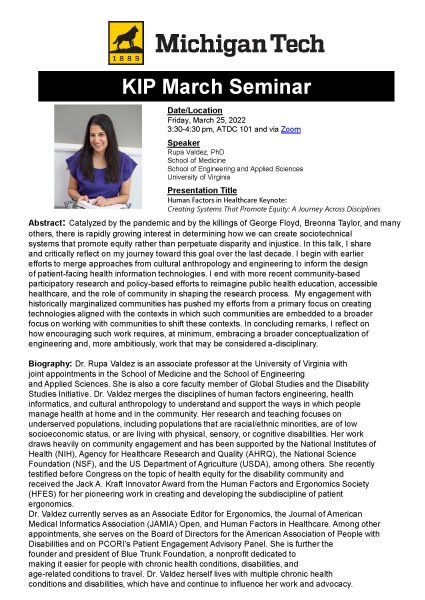On Monday, November 14th, at 6:00 pm KIP’s Dr. Carolyn Duncan will be the latest guest on Husky Bites, a free and interactive Zoom webinar hosted by Dean Janet Callahan of the College of Engineering. Also joining in will be Cognitive and Learning Sciences PhD student Sarah Aslani, who is a member of Dr. Duncan’s Balance and Functional Mobility Lab.
During the 30-minute webinar, they will explore balance and fall prevention and discuss Dr. Duncan’s ongoing research on both topics. “We need greater understanding of exactly what affects our ability to regain our balance when we lose it. Not all risk factors affect balance in the same way. There are many unanswered questions, and that’s where our research comes in,” she explains in an interview she did for the College of Engineering Blog that highlights its Husky Bites guests.
To read the complete interview with Dr. Duncan and Sarah, go to the COE Blog. To tune in for their Husky Bites event, registration is required but free. All of the details can be found on the Husky Bites website.


